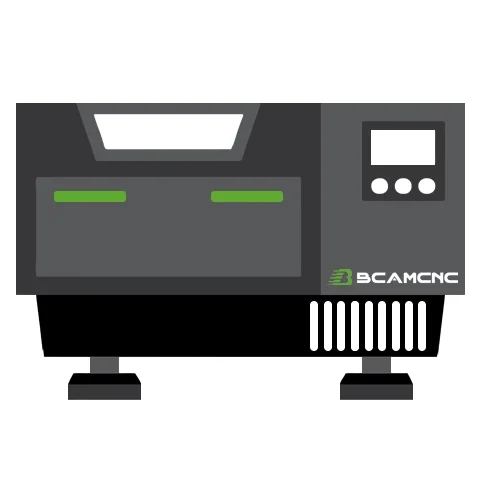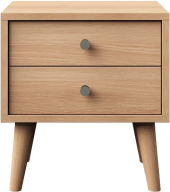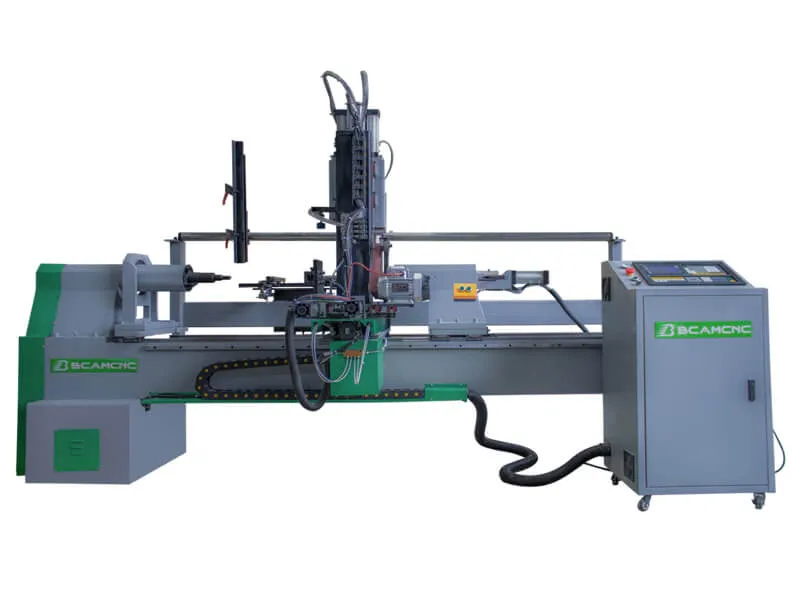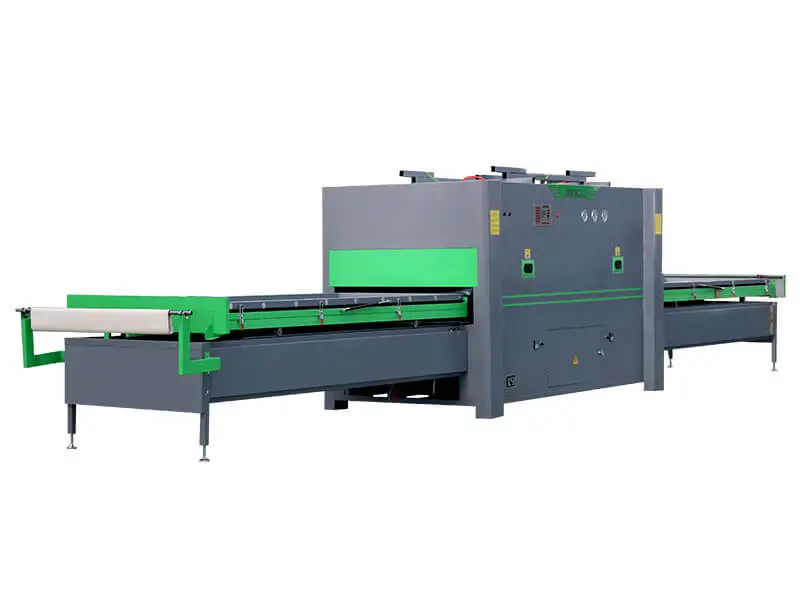Monday To Saturday
8:30 AM - 6:00 PM
Advanced Woodworking Equipment: Innovation, Efficiency & Precision
Precision Woodworking: Core Machinery for Manufacturing & Crafting
Other woodworking equipment plays a vital role in bridging the gap between traditional craftsmanship and advanced industrial manufacturing. From wood lathes, sanding machines, and planing machines to vacuum laminating presses, cold and hot press machines, gear grinding systems, and water jet cutting machines, these tools enhance efficiency, precision, and consistency in every stage of woodworking. Designed for cabinet makers, furniture producers, and large-scale factories, this equipment supports high-volume production while maintaining fine detail and surface quality. By integrating modern technology with classic woodworking principles, other woodworking machines provide manufacturers with the reliability, speed, and versatility needed to stay competitive in today’s fast-paced industry.
$4,782.00 Original price was: $4,782.00.$4,658.00Current price is: $4,658.00.
$5,680.00 Original price was: $5,680.00.$5,471.00Current price is: $5,471.00.
The Complete Guide to Essential Woodworking Machinery: Enhancing Productivity in Modern Workshops
Other woodworking equipment provides the essential link between traditional woodworking skills and advanced industrial manufacturing. From wood lathes and sanding machines to vacuum laminating presses, cold press systems, and water jet cutting machines, each type of equipment brings precision, efficiency, and reliability to modern workshops. By understanding the functions and advantages of these machines, manufacturers can streamline processes, reduce material waste, and achieve consistent quality across furniture, construction, and custom wood products.

Woodworking machinery has advanced rapidly in recent years, driven by automation, smart control systems, and precision engineering. For workshops and manufacturing plants, choosing the right equipment not only increases productivity but also ensures quality and consistency in every project. Beyond routers and panel saws, a wide range of other woodworking equipment plays a critical role in professional operations. This guide provides an in-depth look at twelve machines—Wood Lathe, Vacuum Laminating Machine, Heat Press Machine, Cold Press Machine, Turning Line, Straightening Machine, End Milling Machine, Gear Grinding Machine, Planing Machine, Plastic Spraying Equipment, Sanding Machine, and Water Jet Cutting Machine—that are essential for modern woodworking.
By understanding their functions, applications, and technological developments, woodworking professionals can make informed decisions when upgrading or expanding their production capacity.
Wood Lathes: The Foundation of Precision Turning
Modern wood lathes remain at the heart of woodworking, blending tradition with CNC technology. A CNC wood lathe offers variable speed controls from 200 to 3,500 RPM, supporting fine spindle work, furniture parts, and large bowl turning. For small workshops, a small CNC wood lathe for beginners provides flexibility, while industrial facilities rely on automatic wood lathes for mass production.
Today’s wood turning lathe machines integrate electronic drives and digital readouts, ensuring smooth operation. Advanced models like the CNC wood lathe for furniture making can produce chair legs, balusters, and decorative columns with repeatable precision. From a wood lathe for chair legs and table legs to a professional woodworking lathe factory CNC model, these machines support furniture makers, stair part manufacturers, and even craft workshops specializing in wooden bowls and custom pieces.
Vacuum Laminating Presses: Revolutionizing Surface Applications
The evolution of the vacuum laminating machine has transformed furniture finishing. A CNC vacuum laminating machine for woodworking ensures flawless bonding of PVC film, veneer, and decorative foils onto MDF or particle boards. Unlike traditional clamping, a vacuum press laminating machine distributes pressure evenly, reducing waste and improving consistency.
For specialized applications, a vacuum laminating machine for cabinet doors or a 3D vacuum laminating machine for doors delivers superior surface quality. In kitchen manufacturing, the kitchen cabinet vacuum laminating machine applies durable films, while a vacuum membrane press machine handles complex curves in decorative woodwork. Manufacturers seeking cost efficiency often choose a vacuum laminating machine supplier in China such as BCAMCNC vacuum laminating machines, which combine advanced core motors, intelligent pressure control, and precision temperature regulation.
Hot Press Machines: Thermal Bonding Solutions for Modern Manufacturing
Contemporary hot press machines feature advanced platen designs with sizes ranging from 4’x8′ to 6’x12′, utilizing oil, electric, or steam heating systems to maintain temperature variances within ±2°F. These systems operate at pressures of 50-300 PSI and are crucial for plywood manufacturing, MDF/HDF production, and decorative surface pressing. The newest models incorporate zone-specific temperature regulation and automated cooling cycles to handle sensitive materials while optimizing production efficiency in high-volume environments.
Cold Press Systems: Gentle Yet Effective Bonding Alternatives
Cold press machines provide an energy-efficient solution for applications where heat could damage materials or alter dimensional stability. Operating at 150-300 PSI clamping pressure, these systems are ideal for veneer layups, curved laminations, and repair work, offering extended working times that benefit complex assemblies. Modern cold presses feature automatic pressure maintenance systems and precision alignment mechanisms that ensure consistent bonding quality throughout the 12-24 hour curing cycles typical for most adhesives.
Automated Turning Lines: High-Volume Spindle Production
Complete turning line systems represent the pinnacle of production efficiency, combining loading/unloading stations with multi-axis turning units and in-process measuring systems. Capable of producing 60-120 pieces per minute with dimensional accuracy of ±0.1mm, these automated lines handle mass production of table legs, stair parts, and tool handles with minimal operator intervention. The integration of robotic sorting and quality control sensors has further enhanced their reliability in industrial settings.
Straightening Machines: Salvaging Valuable Materials
Advanced straightening machines employ hydraulic pressure systems guided by optical measurement technology to correct warped and twisted stock with remarkable precision. Achieving salvage rates of 90-95% for otherwise unusable material, these systems complete corrections in 3-5 second cycles while maintaining straightness tolerances of 0.2mm/m. The economic benefits are substantial, reducing material costs and reject rates while eliminating the labor-intensive manual straightening processes of the past.
End Milling Machines: Precision Profiling for Perfect Joints
Modern end milling machines feature HSK tooling interfaces, automatic tool changers, and laser measurement systems that deliver positional accuracy within ±0.02mm. These versatile machines handle groove cutting, rabbet joints, tongue formation, and decorative edging operations with surface finishes reaching Ra 1.6 standards. Vibration-damping technology and advanced cutter designs allow for aggressive material removal while maintaining exceptional edge quality, even in difficult grain structures.
Gear Grinding Machines: Precision in Motion
Specialized gear grinding machines equipped with diamond/CBN wheels and CNC profile generation capabilities produce wood gears that meet AGMA Class 8 tolerance standards. Critical for clock mechanisms, toy movements, and industrial timing systems, these machines achieve pitch variations under 0.005mm with surface finishes of 32μin. Automatic dressing systems and in-process gauging ensure consistent quality throughout production runs, while advanced software compensates for material characteristics unique to different wood species.
Planing Machines: Achieving Perfect Thickness
Contemporary planing machines incorporate helical cutterheads and digital thickness readouts to produce consistently dimensioned stock with 0.1mm tolerance. Operating at feed rates of 5-30m/min, these machines handle maximum cut depths of 150mm while advanced noise reduction systems create quieter work environments. Safety features like anti-kickback fingers and emergency braking complement the precision engineering, making modern thickness planers both highly productive and exceptionally safe to operate.
Plastic Spraying Equipment: Professional Finish Application
Today’s plastic spraying systems range from HVLP sprayers to fully robotic application cells, each designed to deliver specific finish characteristics. Professional operators utilize cross-hatch patterns and multiple thin coats of polyurethane, lacquer, or acrylic finishes with controlled flash times between applications. Temperature management systems ensure optimal curing conditions, while electrostatic options improve transfer efficiency and reduce material consumption in high-volume production environments.
Sanding Machines: The Final Touch
From wide belt sanders to orbital finishing systems, modern sanding equipment utilizes ceramic grit belts and structured abrasives to achieve scratch-free surfaces ready for finishing. Quick-change systems and non-load coatings maximize abrasive life, while advanced dust collection maintains clean work environments. Properly calibrated sanding sequences produce consistent scratch patterns without burn marks, with particular attention to edge treatment and gloss uniformity across entire production runs.
The Future of Woodworking Technology
As Industry 4.0 principles transform manufacturing, woodworking machinery continues to evolve with IoT-enabled monitoring, predictive maintenance systems, and cloud-based optimization. Sustainable practices like energy recovery and waste reduction programs complement technological advancements, while VR simulation and augmented reality guides enhance workforce training. These developments promise to further increase productivity, quality, and environmental responsibility across all segments of the woodworking industry.
For workshops and manufacturers considering equipment upgrades, understanding these twelve essential machines provides a foundation for making informed decisions that align with specific production needs and future growth plans. The integration of smart technology with traditional woodworking principles creates exciting opportunities for businesses to enhance their capabilities while maintaining the craftsmanship that defines quality wood products.
Secure Payments
Tellus gravida ipsum aut facilisis tempus at et aliquam estsem.
Free Shipping
Non pulvinar aenean ultrices lectus vitae imperdiet vulputate a eu.
Gifts & Sales
Aliquet ullamcorper leo mi vel sit pretium euismod eget libero.
24/7 Support
Nullam iaculis vestibulum arcu id urnain pellentesque volutpat quis.

Important updates waiting for you!
Subscribe and grab 20% OFF!


